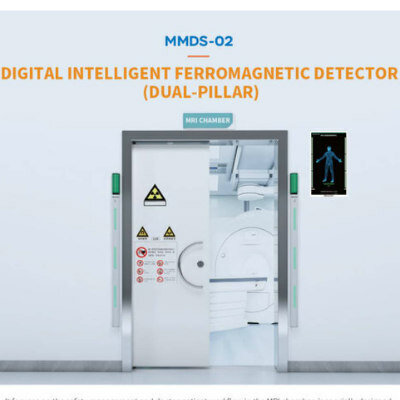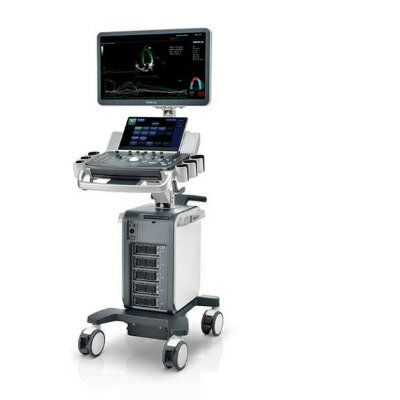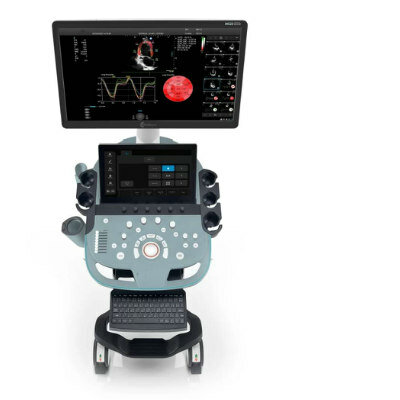Second Generation CT Scanners Considerably Reduce Radiation Exposure
By MedImaging International staff writers
Posted on 12 Feb 2013
Using a newly approved sophisticated computed tomography (CT) system, clinicians were able to significantly lower the radiation exposure in patients undergoing coronary CT angiography (CCTA).Posted on 12 Feb 2013
The new research’s findings were published online January 22, 2013, in the journal Radiology. “Radiation exposure during diagnostic imaging is a substantial public concern,” said Marcus Y. Chen, MD, lead author of the study from the advanced cardiovascular imaging laboratory at the US National Institutes of Health (Bethesda, MD, USA). “Minimizing radiation exposure while maintaining diagnostic quality scans is clearly feasible with this new second-generation 320-detector row CT scanner.”
CCTA is a useful noninvasive imaging exam with high diagnostic accuracy. The exam is especially effective and safe for ruling out significant coronary artery disease in patients arriving at the emergency department with acute chest pain. However, the clinical benefit of CCTA has been mitigated by worries of potential future cancer risk from the radiation exposure. Technologic advances have evolved to allow radiologists to not only reduce radiation exposure to the patient but also to improve image acquisition.
This study represents the first coronary angiography findings obtained with a prototype 320-detector row CT system recently approved by the US Food and Drug Administration (FDA). The new system holds several technical advantages over its first-generation equivalent, including a gantry rotation time of 275 milliseconds, iterative reconstruction, wide volume coverage, automated exposure control, and a larger X-ray power generator.
For the study, Dr. Chen and colleagues performed contrast-enhanced CCTA with a second-generation 320-slice CT system on 107 adult patients (mean age, 55.4) and compared radiation exposure and image quality to those of CCTA exams earlier done on 100 patients using a first-generation 320-slice scanner.
Effective radiation dose was estimated by multiplying the dose-length product—a computation of the radiation dose for a series of scans or entire scan—by an effective dose conversion factor and reported with size-specific dose estimates (SSDEs). Image quality was assessed by two independent readers.
The median radiation dose was 0.93 millisieverts (mSv) with the second-generation unit and 2.67 mSv with the first-generation unit. The median SSDE was 6.0 milligray (mGy) with the second-generation unit and 13.2 mGy with the first-generation unit. Overall, the radiation dose was less than 0.5 mSv for 23 of the 107 CT angiography examinations (21.5%), less than 1 mSv for 58 (54.2%), and less than 4 mSv for 103 (96.3%). All studies were of diagnostic quality, with most having excellent image quality.
“The second-generation CT scanner provided excellent image quality over a wide range of body sizes and heart rates at low radiation doses,” Dr. Chen concluded. “The low dose achieved during CT angiography could be used to minimize overall radiation dose to the patient or to enable additional types of imaging within reasonable radiation doses.”
Related Links:
US National Institutes of Health













